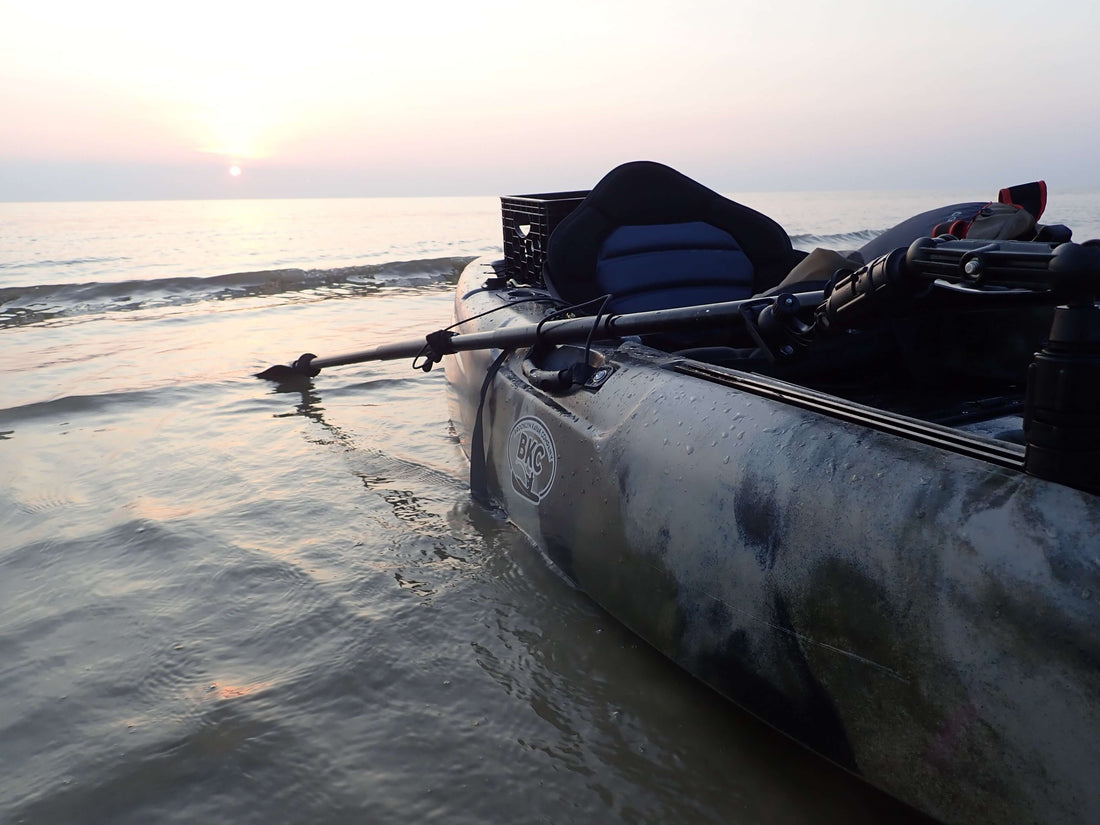So, you’ve done a few day-trips and found that you really enjoy this kayaking gig. Well, maybe it is time to embark on a longer excursion, perhaps even something overnight. If you are ready to take your kayak game to the camping level, there are some tips, tricks, and considerations to keep in mind.
Considerations for Packing Your Kayak
Pack light
Yup, set out everything that you think you want to bring and then re-think it. Start ruthlessly cutting down. For kayak camping, you need to think more like a backpacker than a RV camper. Make sure you don’t cut out essential survival and safety gear, but if you don’t need it, don’t take it.
Do a practice run
Once you think you have an handle on a reasonable amount of gear. Do a run-thru. Actually take out your kayak and put things where you imagine they will go. Although this sounds like a lot of work, it really is worth it. And as you gain experience, you can cut out this step.
Stay organized
While the grunt work of planning is tedious, you will be so grateful for every second it saves you on your paddle.
There are two schools of thought on organization but the second seems to have the most devotees:
- Fewer bigger bags
Some kayak campers hold that a fewer bigger bags are more efficient. They allow you to load and empty the kayak quickly, helpful if you need to portage or your campsite is a distance from your kayak. There is less chance to leave stuff behind as a smaller bag might be overlooked.
- More smaller bags
Others hold that smaller dry bags are the way to go. Smaller bags fit through a large range of bulk head/storage holes. They can be adapted to fit a variety of hull shapes and sizes. They can be color-coded or tagged to make finding items easier - clothes in one color, food in another, etc. And they can be especially helpful on the next point . . .
Keep your kayak balanced
One of the most important aspect of packing a kayak, it keeping it balanced. Even though you practiced a dry run to see what would fit, it isn’t until you are on the water, that you can assess balance. Best practice is to actually wait until your kayak is floating before you load it.
This allows you to monitor the vessel's trim, the front-to-back tilt of your yak. You want your kayak to float flat on the water. If the bow or the stern is tilting up, it is likely to catch a current of wind or air and make staying on track difficult. Trim is often to blame for a bulk of paddling problems. As you get more experienced, you might find yourself packing your kayak for different trim but as a beginner, just getting a flat, well-balanced kayak is key.
One way to help ensure that your kayak is balanced is having more smaller bags to fit into spaces. Generally, your heaviest items should be in the center of your kayak while lighter items are stuffed in the ends.
Another organization tip is to decide what can get wet and what must be kept in a dry bag. While we would like to think that a waterproof hatch is actually waterproof, you don’t want to find out you were wrong as you bunk down in a wet sleeping bag.
However, not everything needs to be kept in a dry bag. Cans, bottles, and even other food containers can survive a dunking. (Just label the cans with a permanent marker as they are likely to lose their paper labels if they get wet.) Tents (which usually dry quite quickly) or at least the poles can be slid in without waterproofing. Clothing, sleeping bags, etc should be kept in dry bags or water proofed in other ways.

Lighter items are things like sleeping bags and clothes that can be tucked into the ends. Heavier items like food and water should be packed in the center of the vessel, right behind where the paddler is seated. Make sure everything is packed low and centered from side-to-side as well. In a sit-in kayak, all items should fit inside the kayak. On a sit-on-top kayak, items should be strapped down and create as low at profile as possible.
Make items accessible
Also, think about keeping frequently needed items accessible near your cockpit/seat. Your first aid kit, extra paddle, and navigation aids should also be close by. It is also wise to keep your signaling devices (whistle or flare) on your person. Most PFDs have small pockets for just this sort of reason.
Keep water handy so you can stay hydrated and a snack within reach is also a good idea. A thwart bag (a bag that can attach to a thwart or other structural part of the yak) or other waterproof case is handy to have nearby for smaller items to stay contained and not rolling around under your feet.
Kayak Safety First
Even though you’ve had to make some tough calls on what gets to go on the trip, never skimp on safety. Make sure that you have a well-supplied first aid kit, an extra paddle, sun protection, safety lines, and signaling devices. And, of course, you must have a PFD (personal flotation device). It is also wise to have some patching repair materials in case of an emergency with your craft.
When you are faced with packing your kayak for an overnight adventure, preparation is key. Hopefully, these tips will help make your time on the water memorable for all the right reasons!

